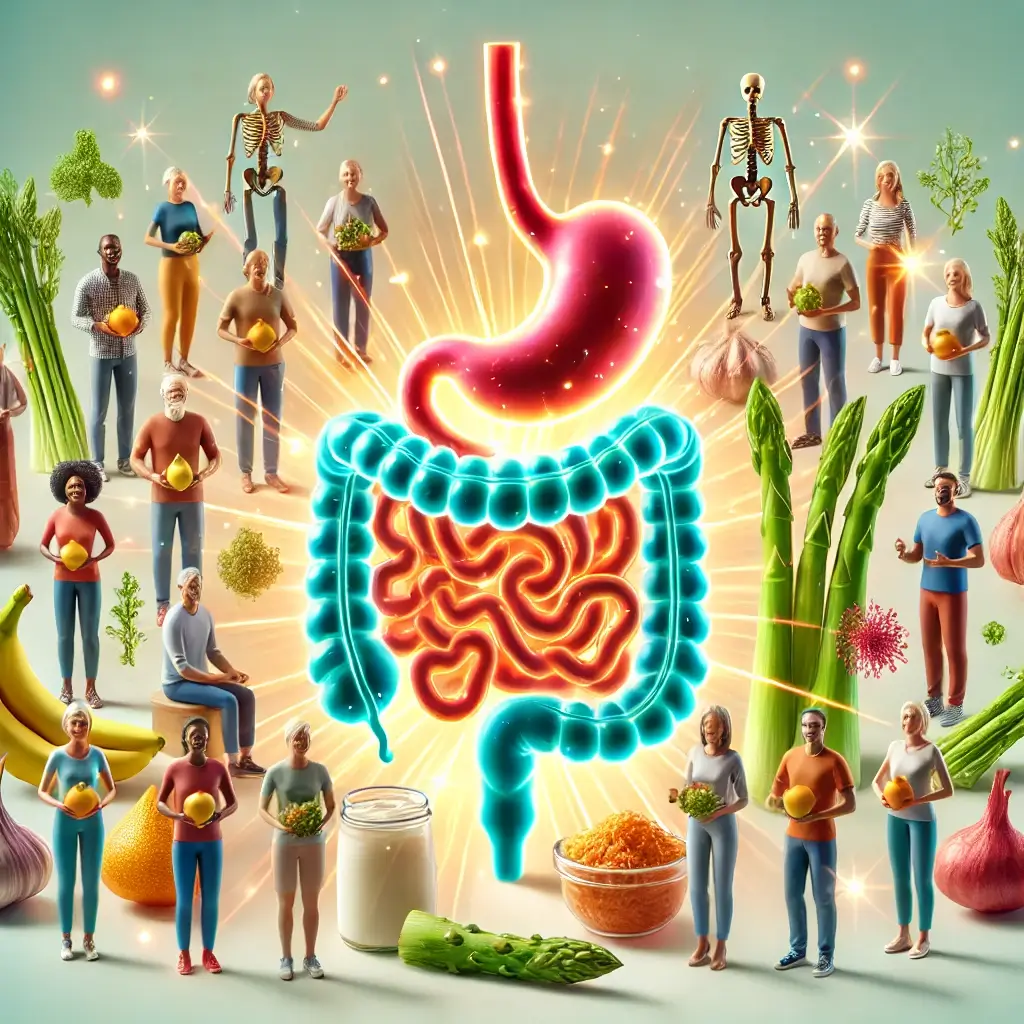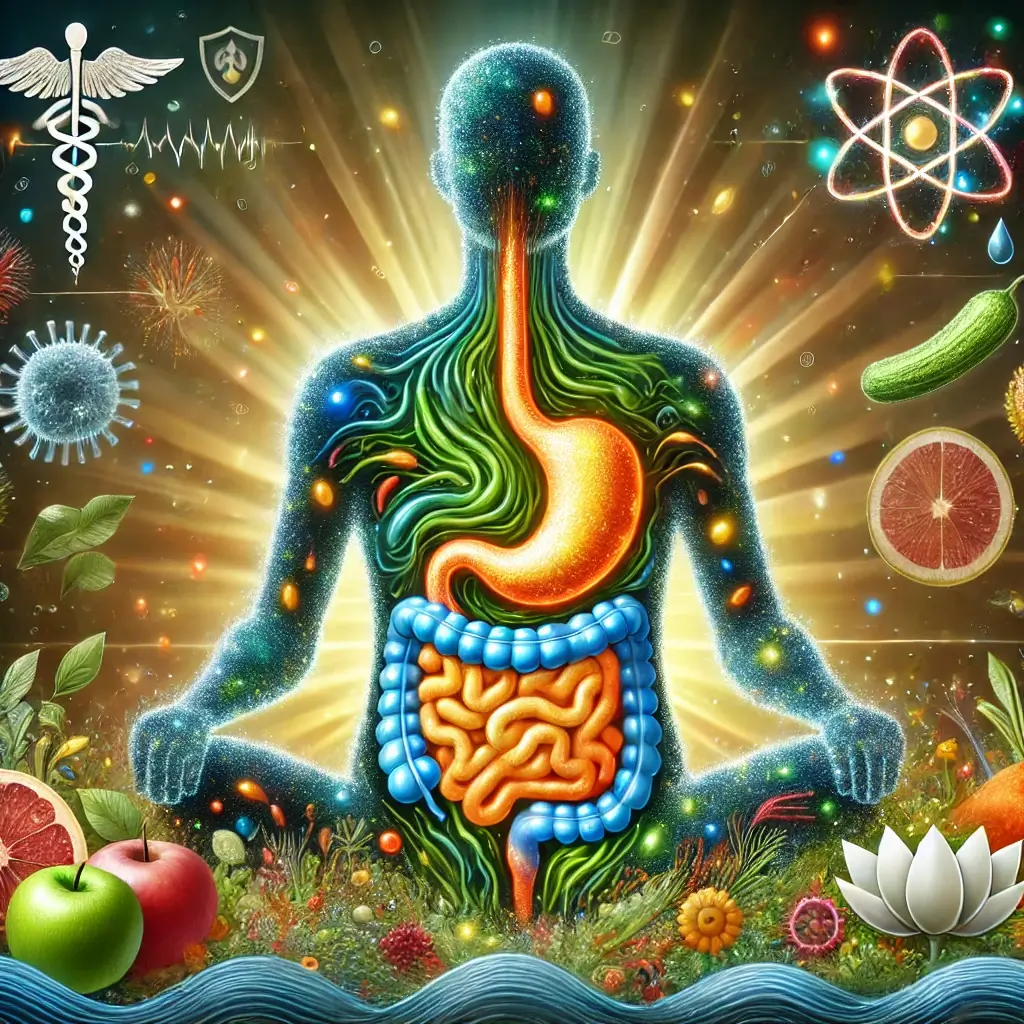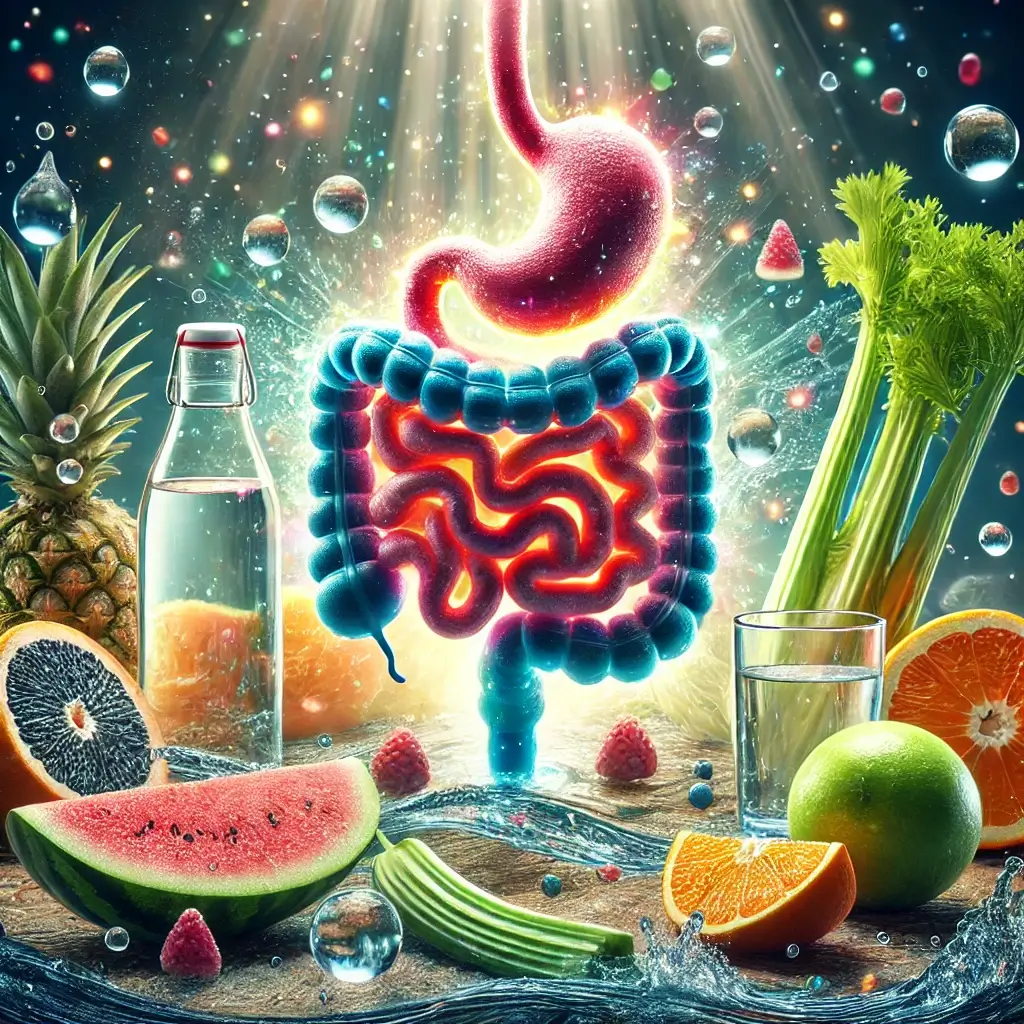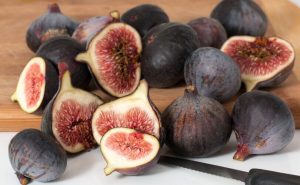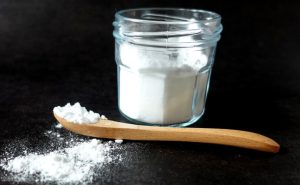Microbiome Mastery: Understanding the Synergistic Power of Pre and Probiotics
The Foundation of Overall Health
Your digestive system is more than a mechanism for processing food; it is the foundation of your overall health. Housing trillions of microorganisms, your gut microbiome plays an essential role in digestion, immune defense, and even mood regulation. Maintaining a balanced gut microbiome is critical for optimal health, yet it is easily influenced by factors like diet, stress, and antibiotics.
Key Elements of Gut Health
Prebiotics and probiotics are two key elements in supporting a thriving gut microbiome. Despite their similar-sounding names, they serve distinct purposes. Prebiotics act as nourishment for beneficial gut bacteria, while probiotics are live microorganisms that introduce new beneficial strains into the gut. Together, they form a powerful combination for maintaining and restoring gut health.
Understanding Prebiotics
Prebiotics are types of dietary fiber that pass through the digestive system undigested. They reach the colon intact, where they act as food for the beneficial bacteria already present. This fermentation process produces short-chain fatty acids (SCFAs), such as butyrate, which help strengthen the gut lining, reduce inflammation, and support overall gut health (Gibson et al., 2017).
Natural Sources of Prebiotics
Prebiotics are naturally present in many plant-based foods. Common sources include:
Fruits: Apples, bananas, and berries.
Vegetables: Onions, garlic, asparagus, and Jerusalem artichokes.
Whole Grains: Barley, oats, and brown rice.
Legumes: Lentils, chickpeas, and beans.
Incorporating these foods into your diet can encourage the growth of beneficial bacteria, leading to a more balanced and diverse gut microbiome.
The Role of Probiotics
Probiotics are live bacteria and yeasts that, when consumed in adequate amounts, provide health benefits. They help repopulate the gut microbiome, especially after disruptions caused by antibiotics or illness. Probiotics also play a role in improving gut flora diversity, reducing the presence of harmful bacteria, and boosting immune function (Hill et al., 2014).
Finding Probiotic-Rich Foods
Probiotics can be found in a variety of fermented foods, such as:
Yogurt: Look for live and active cultures, particularly strains like Lactobacillus and Bifidobacterium.
Kefir: A fermented milk drink rich in diverse probiotic strains.
Fermented Vegetables: Sauerkraut, kimchi, and pickles (in brine, not vinegar).
Beverages: Kombucha, a fermented tea.
Soy-Based Products: Miso and tempeh.
For those who struggle to include enough probiotic foods in their diet, supplements are available, but they should be taken under the guidance of a healthcare professional.
Synergistic Benefits
While prebiotics and probiotics provide individual benefits, their effects are amplified when used together. This synergy, known as a synbiotic relationship, creates an optimal environment for probiotics to thrive, as prebiotics serve as their food source.
Research and Applications
For example, a study in Frontiers in Microbiology highlighted that synbiotics significantly improved gastrointestinal health and enhanced nutrient absorption compared to using prebiotics or probiotics alone (Slavin, 2013). This combined approach shows promise in addressing conditions like irritable bowel syndrome (IBS) and inflammatory bowel diseases.
Practical Implementation
To maximize the benefits of prebiotics and probiotics:
Diversify Your Diet: Include a mix of fruits, vegetables, whole grains, and fermented foods.
Experiment With New Recipes: Try dishes incorporating prebiotic-rich foods like roasted asparagus or fermented foods like kimchi fried rice.
Consider Supplements: If dietary sources are insufficient, consult a healthcare provider to explore supplement options.
Monitor Your Gut Health: Pay attention to how your body responds to dietary changes and make adjustments as needed.
Final Thoughts
Prebiotics and probiotics are essential allies in maintaining gut health. By nourishing beneficial bacteria and introducing new strains, they help create a balanced and resilient gut microbiome, which supports digestion, immunity, and overall well-being. Including a variety of prebiotic and probiotic foods in your diet—or supplementing under medical guidance—can transform your approach to digestive health. Remember, a consistent and informed effort is the key to achieving a healthy gut and a healthier you.
Research Sources
References
Gibson, G. R., et al. (2017). Synbiotics in health and chronic disease. Nature Reviews Gastroenterology & Hepatology, 10(11), 705-715. Link
Hill, C., et al. (2014). Expert consensus document: The International Scientific Association for Probiotics and Prebiotics consensus statement on the scope and appropriate use of the term probiotic. Nature Reviews Gastroenterology & Hepatology, 11(8), 506-514. Link
Slavin, J. (2013). Fiber and prebiotics: Mechanisms and health benefits. Nutrients, 5(4), 1417-1435. Link
